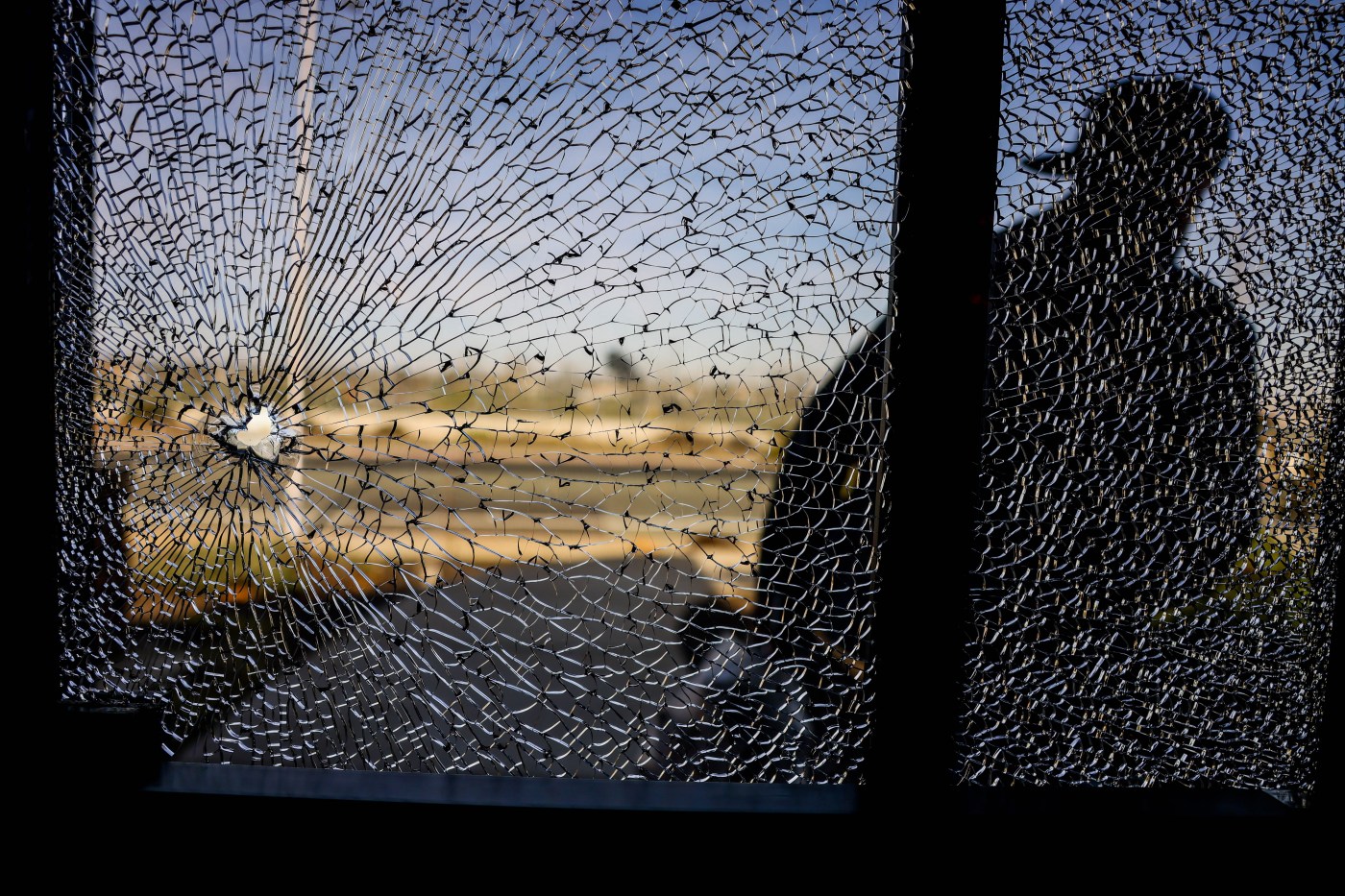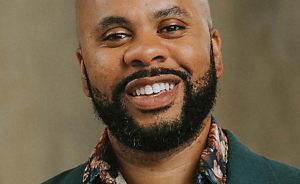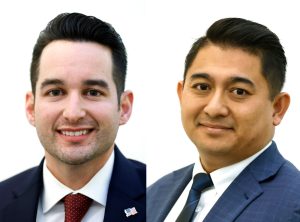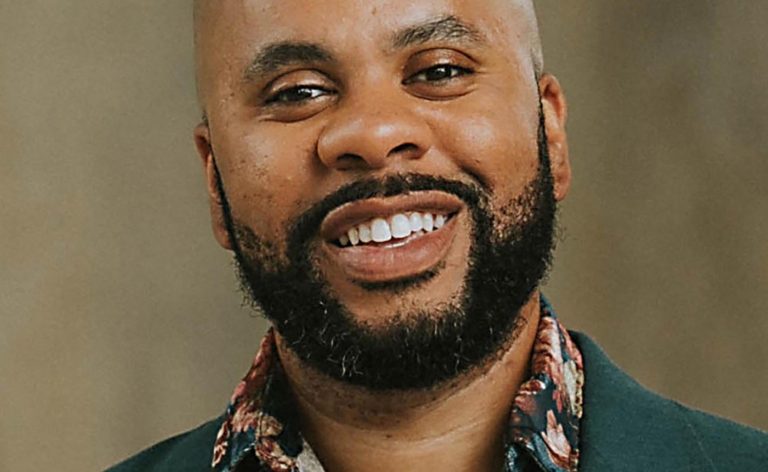Proposition 36, a ballot measure that aims to toughen penalties for theft and take a harder line on drug crimes, particularly those involving fentanyl, has broad support across the Bay Area political spectrum, according to a new poll by the Bay Area News Group and Joint Venture Silicon Valley.
Seventy percent of respondents supported Proposition 36, while 20% opposed the measure, in a telephone poll of more than 1,650 registered voters of the five largest Bay Area counties — Alameda, Contra Costa, San Francisco, San Mateo and Santa Clara. The remaining 10% said they were unsure about their position on the initiative.
San Leandro retiree Mark Leyva, 66, who identifies as a Democrat, said “blatantly rampant” theft — especially the swift, coordinated takeover heists commonly referred to as organized retail theft — has reached a fever pitch.
“I think we’re all just tired of 20 kids going in, grabbing retail stuff and there are no consequences. Then it takes taxpayers’ money to investigate,” Leyva said in an interview.
Mark Leyva is a 66-year-old San Leandro resident who supports Proposition 36. Leyva says “blatantly rampant” theft — especially swift, coordinated takeover heists — has reached a fever pitch. (Aric Crabb/Bay Area News Group)
Backers of the measure want to crack down on serial theft by undoing the $950 threshold for a theft to be charged as a felony and stiffen punishments for drug dealing that has fueled the fentanyl and opioid crises. It also would revive a drug court infrastructure that provides those arrested for certain kinds of drug possession with the choice of entering court-monitored rehab or facing up to three years in jail.
RELATED: Poll: 7 in 10 Bay Area residents say the region’s quality of life is getting worse
Proposition 36 opponents have described the proposed law as an overreaction to 2014’s Proposition 47, which shifted low-level drug offenses to misdemeanors. They credit Proposition 47 with reducing prison populations and diverting those accused of crimes, especially those borne from addiction and homelessness, toward support programs instead of jail.
The latest poll, with a margin of error of 2.6%, largely mirrors statewide support for the proposition seen in statewide polls. A recent Public Policy Institute of California poll on Proposition 36 found 71% of respondents supported the measure, while 26% opposed it. The poll of 1,000 likely voters has a 3.7% margin of error.
That the Bay Area-centric poll dovetailed with statewide findings illustrates how Proposition 36 has transcended conventional political sensibilities since it qualified for the Nov. 5 ballot. The Bay Area News Group survey, like the PPIC poll before it, showed a plurality of supporters considered themselves left-leaning or independent.
That includes Larry Sekuler, a 72-year-old Mountain View resident who identifies as a political independent, and said “we need to change the entire thinking” about how certain crimes are addressed.
“California is a liberal state, but even liberal people don’t want their belongings stolen,” Sekuler said. “What is being categorized as nonviolent crimes are certainly not victimless crimes. … We need to have teeth in the law that our police officers can enforce.”
Russell Hancock, president and CEO of Joint Venture Silicon Valley, a regional think tank, said the poll “shows our region is in step with the rest of the state.”
“California has this reputation across the country of being soft and squishy and hopelessly liberal. In some ways that is inaccurate, and this is an example of it,” Hancock said. “We’re plenty blue, no question about it. But there’s also this tough aspect to people in California. This is a case of people saying, ‘No, California should not be a permissive place.’ ”
RELATED: Poll: Silicon Valley is too powerful, has lost its moral compass, majority say
Critics of Proposition 36 include Gov. Gavin Newsom, who earlier this year proposed, then revoked, a competing ballot measure that would have pushed less sweeping changes, He later signed a package of crime bills aimed at undercutting Proposition 36 with legal changes, such as empowering prosecutors to aggregate multiple thefts to meet the existing felony requirement.
That didn’t go far enough for the initiative’s proponents, who favor making felony charges possible for any theft committed by someone with two prior theft convictions.
Opponents also object to the premise of pushing people into drug rehab with the threat of jail as an effective response to addiction problems, contending that those suffering addiction will likely end up in jail anyway given the lack of treatment capacity in the state’s most populous counties.
Janelle Jolley, a 38-year-old San Francisco resident, opposes Proposition 36. Removing the dollar threshold for petty theft “is only going to have one result, which is to incarcerate more people,” Jolley says. (Aric Crabb/Bay Area News Group)
Janelle Jolley, a 38-year-old San Francisco local organizer and poll respondent who opposes the ballot measure, said removing the dollar threshold for petty theft “is only going to have one result, which is to incarcerate more people.
Related Articles
Poll: Silicon Valley is too powerful, has lost its moral compass, majority say
Bay Area poll: 7 in 10 residents say the region’s quality of life is getting worse
“People who end up committing petty theft by and large are doing so out of desperation to survive. A carceral system is not a solution to deprivation and people not being provisioned by the government,” Jolley said. “It should trouble everyone that this is a backdoor way to reinstating the three-strikes law, which has ravaged low-income, mostly Black and mostly Latino families. We don’t need to go back to something we know is not going to work, and will cause social destruction.”
As Proposition 36 advocates have leveraged the powerful visuals of viral retail theft security videos, homelessness and the crushing fentanyl and opioid epidemics to great effect, the statistical case for the crime trends they cite is mixed at best.
Security video shows an alleged thief breaking into Dale Hardware in Fremont. Owner Kyle Smith told this news organization he lost $700,000 worth of merchandise due to thefts in 2022. (Dale Hardware)
U.S. Department of Justice data as of the end of 2023 indicates that property crime has continued to trend downward over the past decade in the nine Bay Area counties — save for Alameda County — and that statewide, the property crime rate has decreased more than 14%. But data from the California Department of Justice shows shoplifting in the state increased by 28% between 2019 and 2023, according to an analysis earlier this year by the Public Policy Institute of California.
Meanwhile, the nonpartisan Legislative Analyst’s Office has estimated that Proposition 36 would raise state costs by “several tens of millions of dollars” at a minimum, and up to “the low hundreds of millions of dollars” by increasing the prison population. The office also said there was a potential to reduce costs as a result of lower crime, but did not quantify those reductions.
This is the first story in a three-part series.
Part 1: Bay Area Poll: 7 in 10 residents say the region’s quality of life is getting worse
Part 2: Widespread agreement Silicon Valley wields too much power, poll shows












